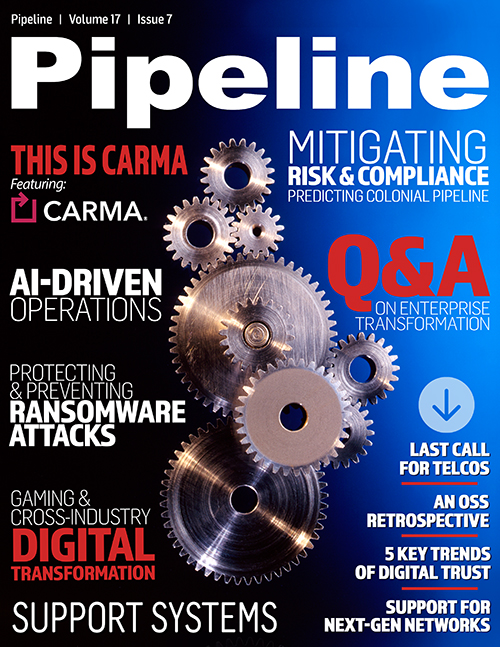Q&A: Enterprise Transformation
SSJ: What are the real-world risks to digital transformation?
AN: The process needs to be planned in advance, including roles, goals, and costs. Errors occur when it is ad-hoc. An example could be public cloud costs. There have been horror stories, but this has been due to a lack of planning or monitoring. The tools are all in place to avoid this. There is also a perception that all existing processes and investment in tools, software, and so on will need to be scrapped. There are multiple paths for transformation, some more gradual than others.
SSJ: What are you seeing as the resistance or barriers to transformation?
AN: Some are staffing but remember that humans play a visionary role. Others could be security, compliance, and so on but with planning, this is not a barrier. We’re told by analysts that even in the fast-paced pandemic environment, many of the changes made by enterprises in regions or verticals that were considered to lag in transformation, or with roles that were thought not to be able to be carried out remotely… for the most part it works, and it is secure. Overall, there are still lessons to be learned, but we’ve made great progress.
SSJ: What are the key outcomes enterprises can expect from digital transformation initiatives?
AN: Agility and competitiveness are table stakes, but the proof is in the cost of doing business. What gains translate to savings or greater efficiency? On the IT front, but generalizable across the enterprise, these may span hardware and software investments, facilities, and operational expenses that include staffing and training, change management and issue resolution or downtime, and ongoing maintenance of the hardware and software-installed base.
SSJ: Going back to something you said earlier, how do you see AI and automation playing a role in digital transformation now or in the future?
AN: AI and automation play a key role in providing the visibility and software-defined workflows to enable the transformation. As examples, consider a factory floor with sensors that can predict outages, or the adoption of digital twins and AR.
SSJ: How does the human role evolve as the adoption of AI and automation continue to increase?
AN: The human element will make or break the process. There will be shifts in roles, and enterprises need to be clear on what this will entail. As an example, one of our larger customers considers themselves to be a digital enterprise. Some of the IT staff were CCIE-certified, and now they are transitioning to the equivalent cloud certifications such as an AWS Solution Architect. In other cases, an enterprise IT role may transition to a cloud provider. As an example, Aryaka once had two on-premises Exchange server admins. When we went to the cloud, they were no longer required but quickly found better roles at Microsoft. Other previous roles will be augmented by AI or machine learning, but once again, there will be new opportunities. A well-developed retraining program will be critical.
The digital transformation journey
It’s never been more critical that enterprises transform, but it’s not too late to start. A well thought out plan, considering people, processes and technology – that addresses the many outdated legacy applications and systems – to derive the largest benefits to your business, is a good place to start. But, it must be embraced by the entire organization and key considerations – such as cost, culture, staffing, security, and compliance must be considered. In the end, digital transformation can unlock a wealth of new opportunities, profitability, agility, and ultimately ensure your organization can survive through the increasingly competitive and ever-changing landscape.



















